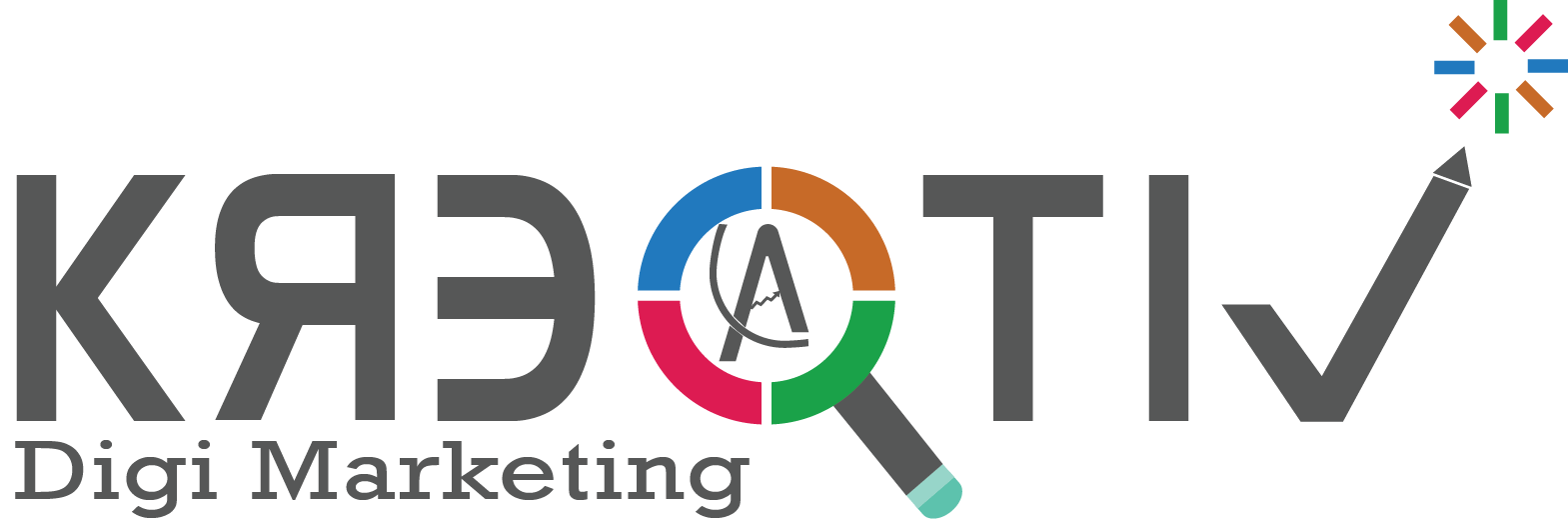What is programmatic advertising in simple words?
We all are aware that a digital marketing company uses online advertising. It is also significant to know that programmatic ads and the Internet of Things are disrupting the industry.
Your ad could be fantastic, but if it isn’t placed in the proper area and targeted at the correct people, your campaign will never achieve its full potential.
In this article, will go through what is programmatic advertising, describe best practises for targeting, and look at four brands who are doing it properly.
What Is Programmatic Advertising?
The use of software to purchase digital advertising is known as programmatic ad purchasing.
While traditional methods include RFPs, tenders, and negotiations, programmatic buying buys and sells internet ad space using algorithmic software.
It’s a sophisticated technique to place ads that uses traffic data and online display targeting to create impressions at scale, resulting in a higher return on investment for marketers.
It may be beneficial to both SMEs and global brands, so don’t overlook it simply because your company is little.
Programmatic advertising is the buying or selling of digital ads through a programmatic ad buying platform that displays your adverts across a network of websites using an automated bidding system.
It’s a type of pay-per-click advertising in digital marketing that spans numerous ad exchanges and allows marketers to target audiences and prospects more precisely by engaging them on topically relevant websites and exchanges using a set of targeting variables.

How Can Programmatic Advertising Help You Succeed?
Let’s look at how you may employ programmatic advertising in your digital marketing efforts now that we’ve established the benefits of it.
- Get To Know Your Market
The first point is straightforward: do some study to figure out what’s involved. As a marketer entering into a new sector of advertising, you’ll come across a lot of new phrases and ideas, so take the time to learn them.
Check out this thorough glossary of programmatic advertising terms to learn how to distinguish between your SSP and your DSP.
- Determine Your Programmatic Advertising Objectives
It’s critical, like with anything in digital marketing, to have clear goals from the start. To do so, you need analyse existing data to identify the type of advertising awareness you require and devise a strategy that will assist you in determining short- and long-term objectives.
- Don’t Forget About The Human Touch
Because programmatic advertising is based on algorithms and machines, it does not exclude the human element.
There are various platform types, some of which, like War Room, offer fully or partially managed services.
- Defend Your Brand Against Bogus News
Programmatic’s reliance on algorithms might no doubt result in advertising appearing in the incorrect places, such as sites that propagate false information.
To avoid this, make sure your demand-side blacklist is always up to date and being checked for inappropriate sites. Some platforms allow you to exclude entire categories from ad spending, which can be very useful.
Another approach is to employ a whitelist, which is vital if your product is sensitive. This will return a list of sites that have been approved (rather than refused).
It will limit your ability to reach your target demographic and may increase the cost, but it will ensure that no explicit or offensive information is linked with your brand.
What Are The Advantages Of Programmatic Ad Placement?
If you’re going to add a paid media channel to your ongoing digital marketing initiatives, be sure it’s one that will give you the best return on investment based on your business goals and target demographic.
You have additional opportunities to target and attract consumers and prospects with programmatic advertising because of the targeting capabilities and networks available to you through numerous platforms.
The following are some of the advantages of programmatic advertising:
Increased audience reach: It is estimated that half of the world’s population is online at any given time. While you won’t be able to catch all of those impressions through the aforesaid targeting efforts, you can assure that your advertisements are seen by hundreds to millions of targeted users.
More precise targeting: As previously stated, programmatic advertising and programmatic ad buying platforms provide advertisers with incredibly precise targeting capabilities to ensure that their ads reach the right audiences at the right time, regardless of who they are or where they are in the world.
Real-time measurement: As soon as your advertisements go live, you’ll have access to detailed data that will help you plan and execute the most effective programmatic advertising campaign possible.
Increased effectiveness: Bottom line: programmatic advertising helps you get more bang for your buck by allowing you to target your ads more precisely, have more control over where they’re shown, and choose from a larger audience size.
Conclusion
Programmatic advertising allows marketers more control over their digital marketing campaigns.
The process also includes media buying, ad placement, performance tracking, and campaign optimization.
Marketers and advertisers can use a programmatic advertising platform to automate the buying and management of their digital marketing ad campaigns.

